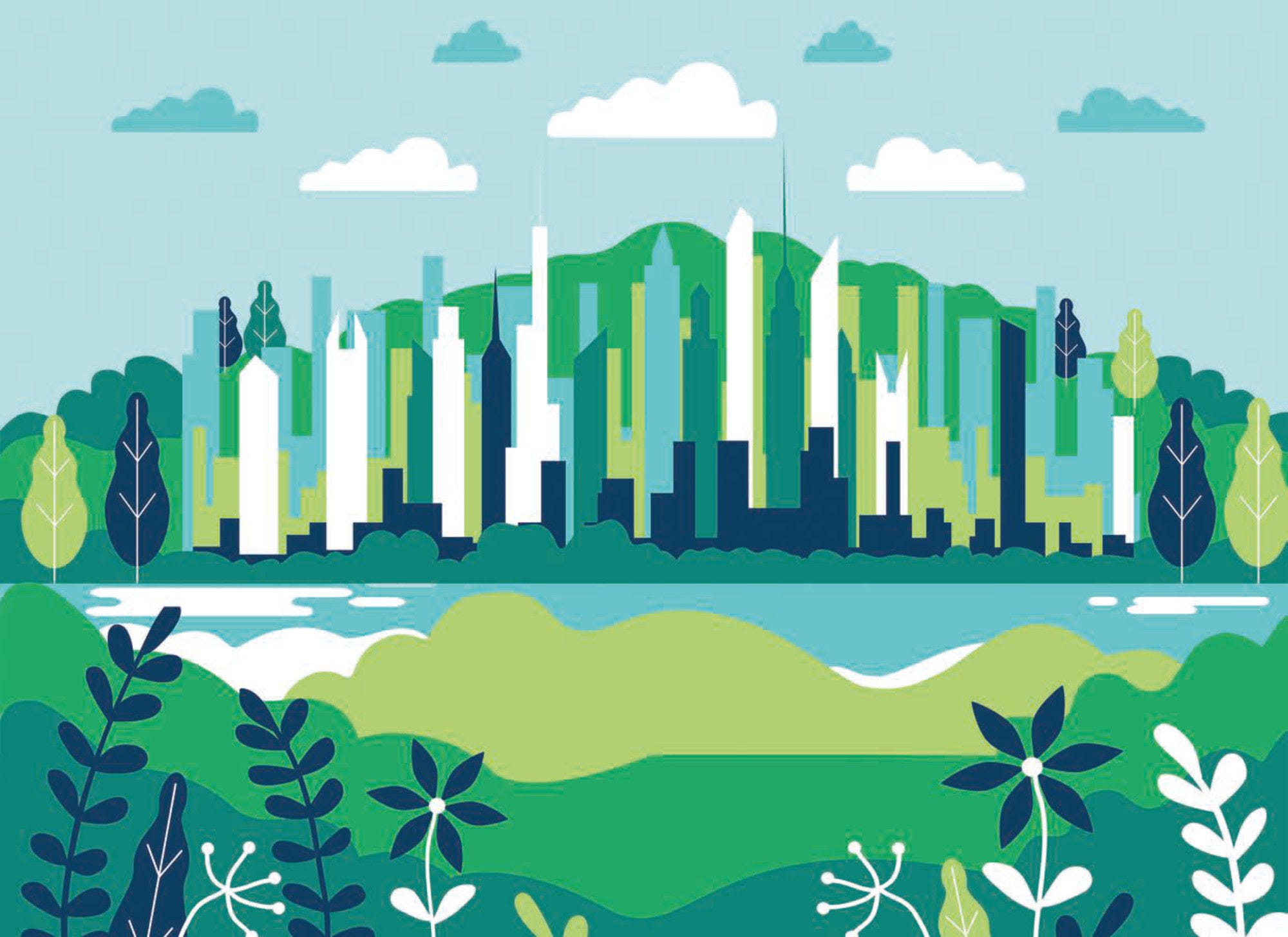Land readjustment is used for urban development, brownfield redevelopment and the conversion of rural to urban land.1 The national government, local governments, special purpose bodies, private developers, private landowners, as well as leaseholders and tenants implement it. They frequently use it. The national government and local governments receive the revenues.
Public entities and private landowners can initiate a land readjustment project. Landowners, leaseholders and tenants participate in consultations. The consent of at least two thirds of the landowners is required. Once this requirement is met, landowners who do not consent can be expropriated at market rate, provided projects are of public interest. Expropriation is frequent in these cases.
Landowners must provide a share of their plots for public infrastructure and services. Additional land may be transferred into public ownership for sale or lease to pay for the costs of such public improvements. The investment in infrastructure and services increases the value of land in the readjustment area. Local governments also increase land taxes and rents to recover the investments in readjustment projects.
After readjustment, landowners receive a plot with an area proportional to their original holdings and located on or as close as possible to their original land. However, landowners may receive newly created plots within the readjustment area or cash instead of land if their original plots are small. They cannot exchange reallocated plots for cash. Owners of readjusted plots that are more than 5% less valuable than original plots receive the difference in cash. However, owners of readjusted plots that are more than 5% more valuable are not required to pay any compensation.
The main challenges for land readjustment come from landowners’ resistance and the protection of environmental areas and cultural heritage sites. Landowners frequently challenge readjustment projects in court.
